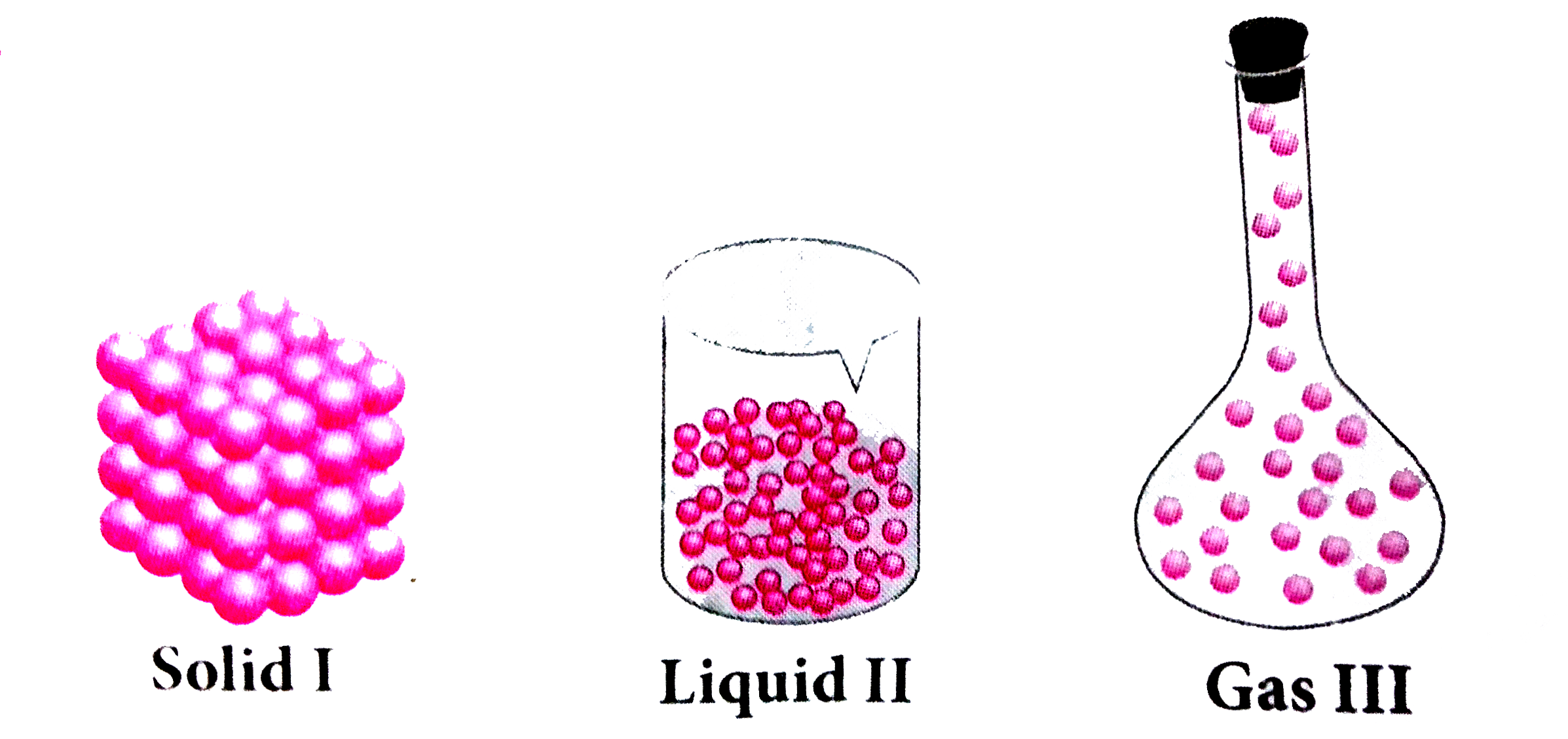Given that T stands for time period nd 1 stands for the length of simple pendulum. If g is the acceleration due to gravity, then which of the following statements about the relation T2=lg is correct ?
(I) It is correct both dimensionally as well unmerically
(II) It is neither dimensionally correct nor numerically
(III) It is dimensionally correct but not numerically
(IV) It is numerically correct but not dimensionally
Only I is correct
Only II is correct
Only III is correct
Only IV is correct
The correct Answer is:C
To solve the problem regarding the relation T2=lg, we will analyze the dimensional correctness and numerical correctness of the equation step by step.
Step 1: Understand the Variables
- T is the time period of the pendulum.
- l is the length of the pendulum.
- g is the acceleration due to gravity.
Step 2: Analyze the Dimensions
1. Dimension of Time Period T:
- The dimension of time is represented as (T).
2. Dimension of Length l:
- The dimension of length is represented as (L).
3. Dimension of Acceleration due to Gravity g:
- Acceleration has dimensions of length per time squared, which can be expressed as:
(g)=(L)(T)2=(L)(T)−2
Step 3: Substitute Dimensions into the Equation
Now let's substitute the dimensions into the equation T2=lg.
- The left-hand side (LHS) has dimensions:
(T2)=(T)2
- The right-hand side (RHS) can be expressed as:
(l)(g)=(L)(L)(T)−2=(L)⋅(L)−1⋅(T)2=(T)2
Step 4: Compare Dimensions
Since both the LHS and RHS have the same dimensions:
(T2)=(T2)
This confirms that the equation is dimensionally correct.
Step 5: Check Numerical Correctness
The original equation T2=lg does not include the constant 2π that is present in the actual formula for the time period of a simple pendulum:
T=2π√lg
Thus, while the relationship T2=lg is dimensionally correct, it is not numerically correct because it lacks the factor of 2π.
Conclusion
Based on the analysis:
- The equation T2=lg is dimensionally correct but not numerically correct.
Therefore, the correct answer is:
(III) It is dimensionally correct but not numerically.
---
- T is the time period of the pendulum.
- l is the length of the pendulum.
- g is the acceleration due to gravity.
1. Dimension of Time Period T:
- The dimension of time is represented as (T).
- The dimension of length is represented as (L).
- Acceleration has dimensions of length per time squared, which can be expressed as:
(g)=(L)(T)2=(L)(T)−2
Now let's substitute the dimensions into the equation T2=lg.
(T2)=(T)2
(l)(g)=(L)(L)(T)−2=(L)⋅(L)−1⋅(T)2=(T)2
Since both the LHS and RHS have the same dimensions:
(T2)=(T2)
This confirms that the equation is dimensionally correct.
The original equation T2=lg does not include the constant 2π that is present in the actual formula for the time period of a simple pendulum:
T=2π√lg
Thus, while the relationship T2=lg is dimensionally correct, it is not numerically correct because it lacks the factor of 2π.
Based on the analysis:
- The equation T2=lg is dimensionally correct but not numerically correct.
(III) It is dimensionally correct but not numerically.
Similar Questions
Given that T stands for time and l stands for the length of simple pendulum . If g is the acceleration due to gravity , then which of the following statements about the relation T2=(l/g) is correct?
View SolutionThe dimensionally correct formula is
View SolutionWhich of the following has correct numering ?
View SolutionWhich of the following is dimensionally correct?
View SolutionThe graph between time period (T) and length (l) of a simple pendulum is
View SolutionIf g is the acceleration due to gravity and R is the radius of earth, then the dimensional formula for g R is
View SolutionCalculate the time period of a simple pendulum of length one meter. The acceleration due to gravity at the place is π2ms−2.
View SolutionIf unit of length and time is double, dthe numerical valuure of 'g' (acceleration due to gravity) will be
View SolutionFrom the dimensional consideration, which of the following equation is correct
View Solution
Choose the correct statement about I, II and III.
View Solution
